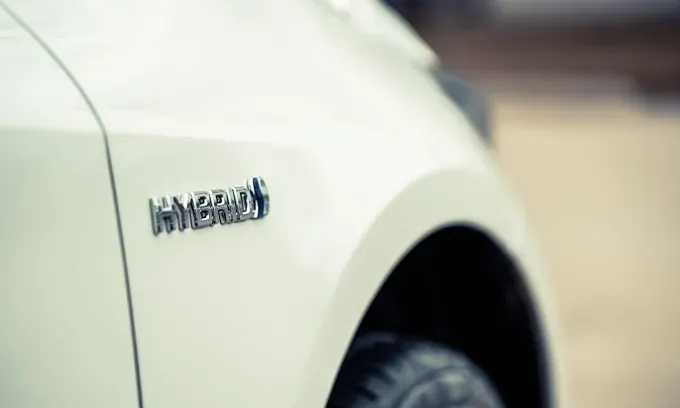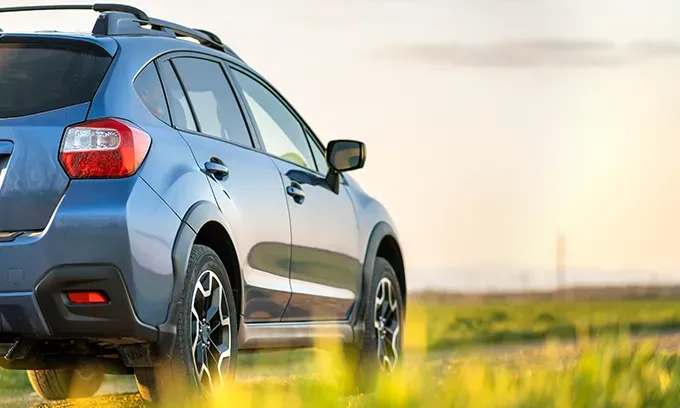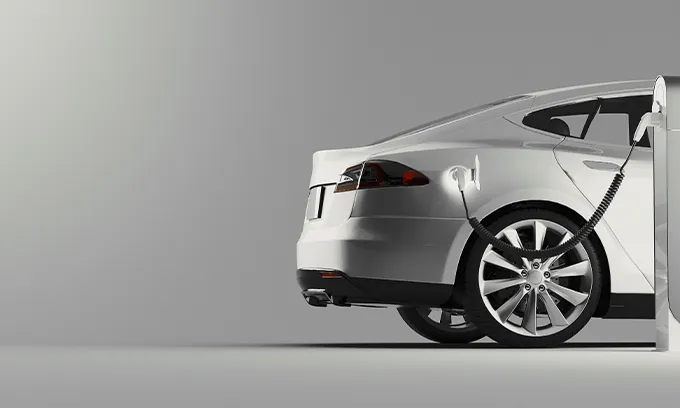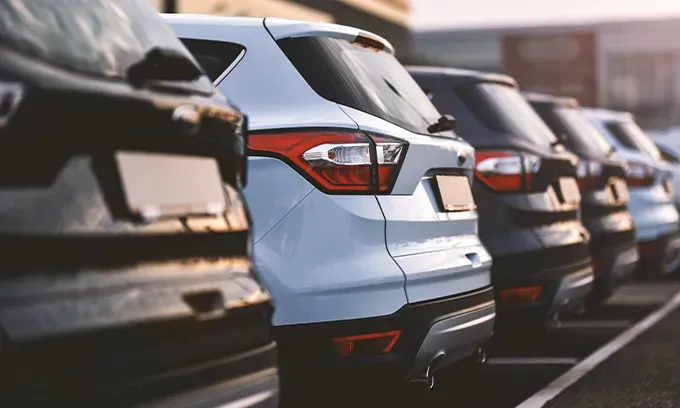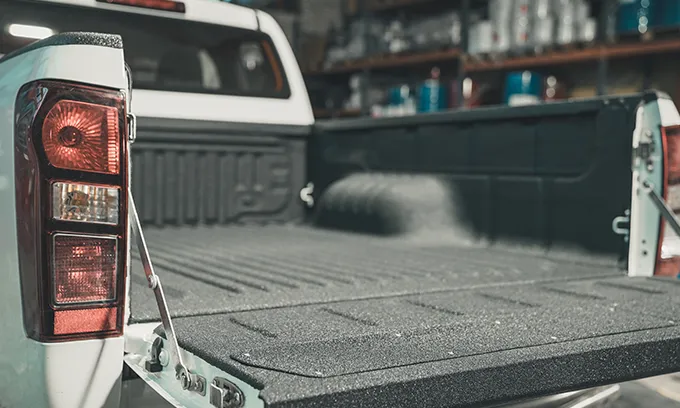For those who don't want to break their reliance on fossil fuels completely by purchasing a fully electric vehicle, known as an EV or BEV (battery electric vehicle), a plug-in hybrid (PHEV) or petrol hybrid (HEV) is a great alternative.
Hybrids deliver excellent fuel economy and lower emissions, while still being able to take advantage of the speedy refuelling options and range advantages associated with conventional internal combustion engine (ICE) vehicles.
Top selling hybrid vehicles in New Zealand
Over the past three years, new EV sales have dropped considerably:
- 2023: 21,032 EVs
- 2024: 6341 EVs
- 2025: 6871 EVs
And plug-in hybrids, which are now subject to road user charges, are also out of favour. Just 4658 plug-in hybrids were registered in NZ last year, compared to 37,593 hybrid petrol cars, a figure that almost matches the number of new pure petrol vehicles on our roads (38,903).
Sales by Engine Type 2025 |
|---|
40% Petrol |
38% Petrol Hybrid |
8% Diesel |
7% EV |
5% Plug-in Hybrid |
2% Diesel Hybrid |
Source: NZTA
Top selling plug-in petrol hybrids
Below are the top 10 best-selling PHEVs in NZ over the past two years:
Rank | Top Selling PHEVs 2024 | Top Selling PHEVs 2025 |
|---|---|---|
1 | Mitsubishi Eclipse Cross (1195) | BYD Sealion 6 (715) |
2 | Mitsubishi Outlander (361) | Mitsubishi Outlander (602) |
3 | BYD Sealion (223) | GWM Haval H6 (379) |
4 | Porsche Cayenne (96) | MG HS (368) |
5 | Hyundai Tucson (85) | Jaecoo J7 (331) |
6 | Mini Countryman (83) | Mitsubishi Eclipse Cross (250) |
7 | Range Rover Sport (77) | Chery Tiggo 8 (165) |
8 | Volkswagen Touareg (73) | Lexus NX (139) |
9 | BMW X5 (66) | Geely Starray EM-i (113) |
10 | Lexus NX (65) | Lexus RX (96) |
Source: NZTA
Top selling petrol hybrids
As most new Toyota models are petrol hybrids, and Toyota is the country's No.1 car brand, boasting around a quarter (23%) of all new vehicle registrations last year, it's no surprise that the Japanese car marque dominates the petrol hybrid charts.
Rank | Top Selling Petrol Hybrids 2024 | Top Selling Petrol |
|---|---|---|
1 | Toyota RAV4 (10,457) | Toyota RAV4 (11,295) |
2 | Toyota Corolla (1854) | Toyota Yaris Cross (2018) |
3 | Toyota Yaris Cross (1832) | Toyota Corolla (1676) |
4 | Toyota Highlander (1419) | Toyota Corolla Cross (1476) |
5 | Toyota Corolla Cross (1404) | GWM Haval H6 (1326) |
6 | Suzuki Swift (1222) | Hyundai Tucson (1273) |
7 | Toyota Yaris (1013) | Toyota Highlander (1161) |
8 | GWM Haval H6 (814) | Suzuki Fronx (1118) |
9 | Honda ZRV (765) | Toyota Yaris (1050) |
10 | Ford Puma (727) | Suzuki Swift (978) |
Source: NZTA
Hybrid options: petrol hybrid vs plug-in hybrid
Petrol hybrid (HEV)
Petrol hybrids, like the first mass-produced hybrid car, the Toyota Prius, feature a battery that is charged during driving, not from an external power source. The car's electric motor is reserved for stop-start urban driving, while a petrol engine does the heavy work. Because of a petrol hybrid's reliance on its conventional engine, fuel savings are limited. However, petrol hybrid owners do not pay road user charges.
Plug-in hybrid (PHEV)
A plug-in hybrid has a large battery and a powerful electric motor that, together, allow you to drive at speed for long distances, from around 40km to 90km, depending on the model. Like fully electric vehicles, plug-in hybrids need to be plugged in and charged.
When used for day-to-day city driving and short commutes, plug-in hybrids offer a gas-free driving experience, along with the assurance of a petrol engine for longer road trips. However, they are subject to road user charges.
Mild-hybrid (MHEV)
Not as common as plug-in or petrol hybrids, mild hybrid electric vehicles use a battery-powered electric motor alongside a conventional petrol engine to improve efficiency. Mild hybrids use regenerative braking to charge their batteries while driving. They don't charge from an external power source and are not capable of electric-only driving.
Compare car insurance with Canstar

